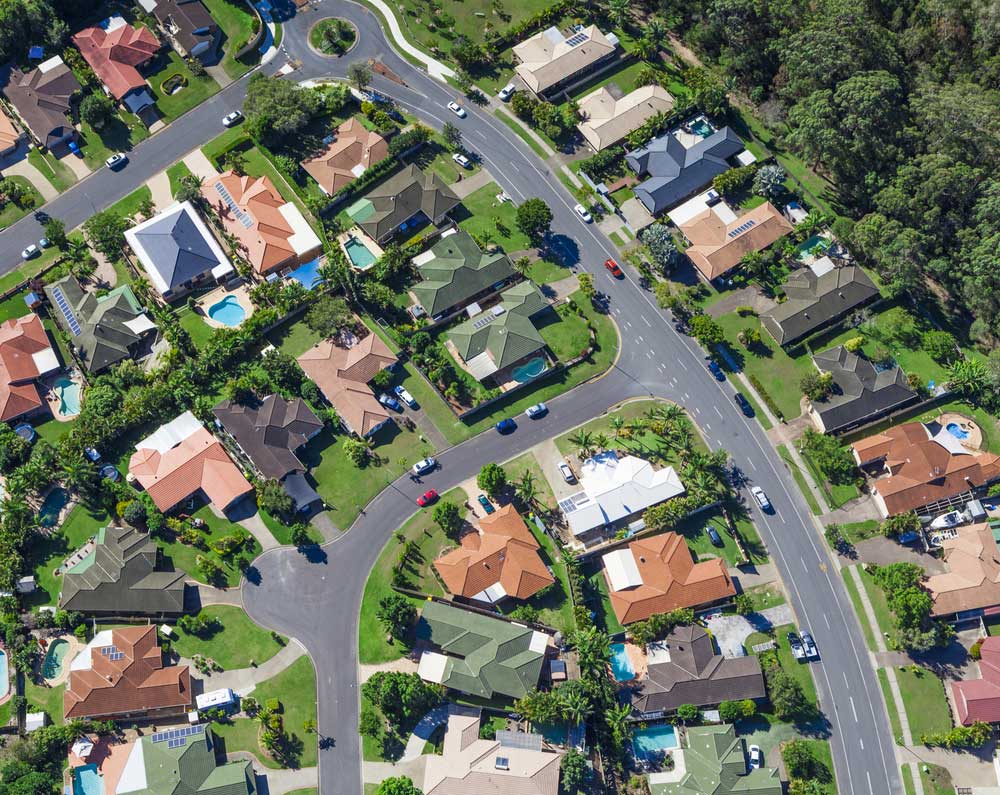Well-planned neighbourhoods can help residents and governments save money on health care costs and reduce hospitalisations, new research has shown.
The University of Canberra study found neighbourhoods that are designed to encourage people to walk to and from the shops or public transport could help reduce the rate of hospital admissions among residents.
The project, conducted by the university’s Health Research Institute, revealed a link between a suburb’s “walkability score” and a reduced rate of both hospital costs and admissions.
According to the Sydney Morning Herald, the study showed suburbs rated as “walkable” – those which had a walk score of 20 or more – had 12.1 per cent lower hospital costs for residents and a 12.5 per cent lower rate of hospital admissions.
How researchers determined a suburb’s walkability score
The research, which was published in the Preventive Medicine journal, compared hospital admission data with a suburb’s walkability score.
They used a tool called Walk Score® which analyses online maps to work out how many interconnected streets there are in a particular suburb.
Walk Score also takes into account the location of shops, restaurants, public transport stops, parks and other services and whether they are within walking distance of each other.
Walk Score is available for any address in Australia and also measures pedestrian friendliness.
The project then focused on the four types of chronic diseases that are the greatest burden on health costs including:
- Cancers
- Endocrine, nutritional and metabolic diseases, such as diabetes
- Circulatory diseases
- Respiratory diseases
Biostatistician and lead author of the research Yan Yu explains: “We examined data from 30,690 hospital admissions covering 88 … suburbs from 2011 to 2013, and we found that 80 per cent of these suburbs were still car dependent.”
“Making the kind of changes that would make a car dependent suburb into a walkable one would deliver a 12 per cent reduction in costs and a 12.5 per cent cut in hospital admissions,” Dr Yu said.
So how do we make a suburb more walkable?
Dr Yu recommends simple changes such as improving footpaths and bike paths, revitalising local shops and increasing access to public transport.
Think about it. If your local shops provide a great service, competitive prices and sufficient variety, there’s no need to get your car out to drive to a major shopping centre, you can simply stroll down the road.
Public health researcher and the study’s co-author Vincent Learnihan said changing the way new suburbs were planned or introducing relatively small changes to existing suburbs, could return significant dividends in taxpayer savings and produce healthier communities.
Tips to get you moving
If you want to increase your daily step count:
- Use public transport. Rarely does this take you door-to-door, so you’ll have to walk to and from the station
- Shop local. Instead of driving to big shopping centres, find out if there are any local fruit shops or corner stores nearby
- Walk the kids to or from school or day care occasionally, instead of driving to pick them up
- Get a dog. They’ll become your four-legged motivational coach.





